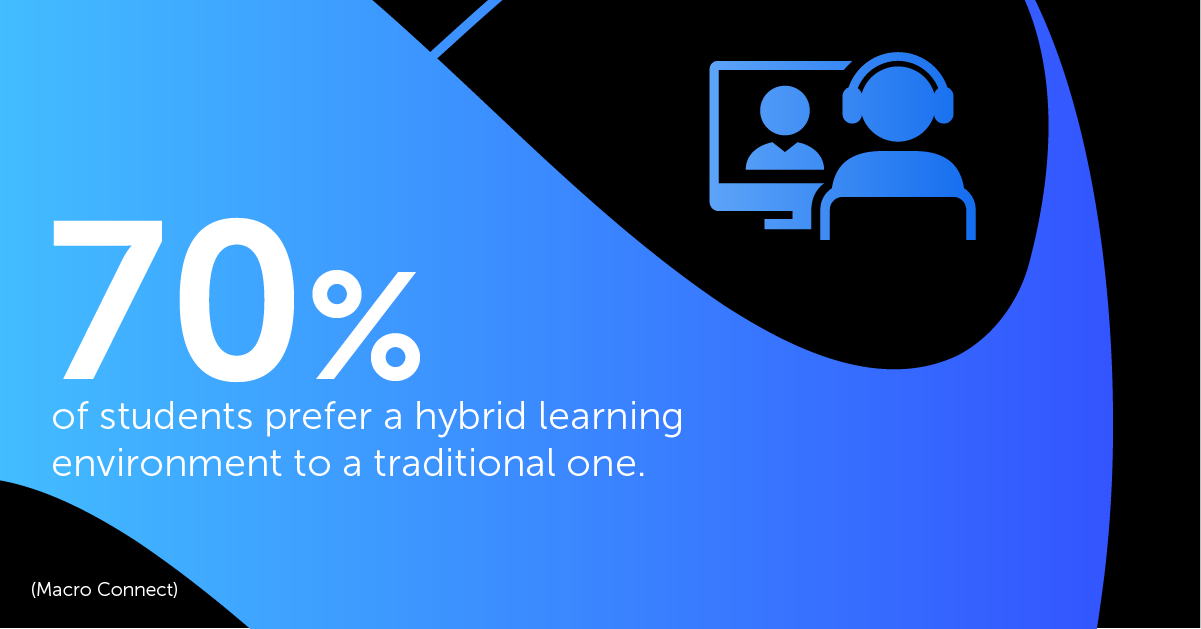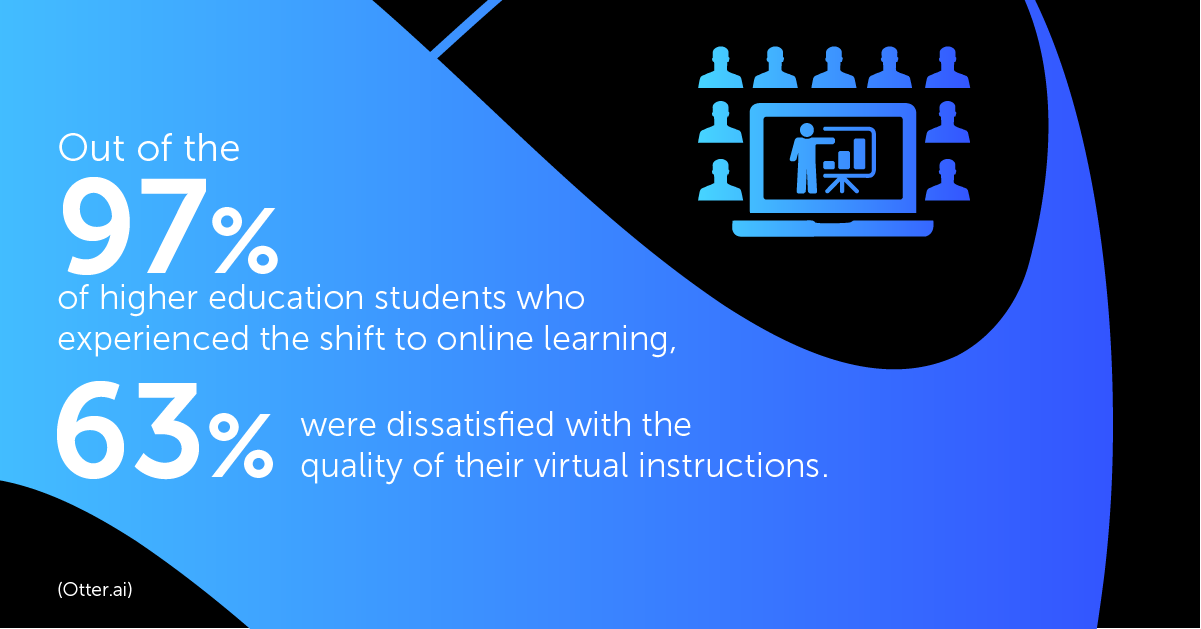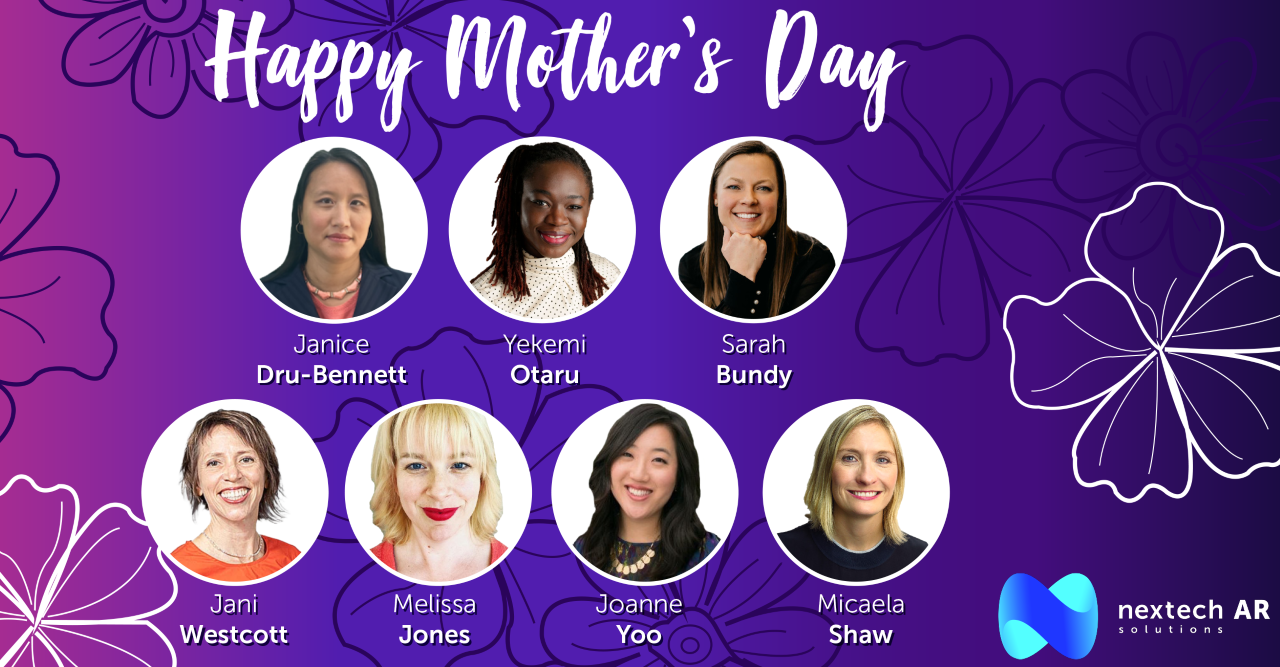No one expected the coronavirus pandemic to last for as long as it has. When higher education institutions were forced to switch to online learning in response to the ongoing safety concerns, the general consensus was that it would only be a temporary solution and students would soon return to campus and resume their education in lecture halls.
Except, here we are, 12 months later and still conducting all classes online. But perhaps it's time to take a step back and reflect - could this be the revolution many colleges and universities so desperately need to remain relevant to their Gen Z students? At this point, there's no going back to how things were before COVID; after the initial confusion, the benefits of virtual learning are overwhelming. In fact, spring 2021’s graduate enrollment increased by nearly three times compared to pre-pandemic levels.
However, while online education has proved its worth, it's unlikely it'll replace the traditional classroom model completely; but there is a learning model that combines the two worlds: hybrid learning.
Benefits of hybrid learning
Hybrid learning is by no means a new concept, but up until recently, only a small fraction of higher education institutions offered this method in their programs. Why? Perhaps it was the fear of change that kept universities and colleges from making the transition to a hybrid learning model. Let's take a closer look at what makes hybrid teaching so effective:
Flexibility
Delivering instructions partially online and partially face-to-face (for example, students attend an in-class lecture two days per week and complete instructions online for the rest of the week) gives students and faculty members flexibility like never before. Students can access the course at any given time of the day or night, depending on their schedule or preferred learning method and spend as much time on consuming the course's content as required.
Giving students the option to learn in their own time boosts their confidence and encourages independence, better preparing them for their future employment opportunities.
Addressing different learning needs
Personalization is a huge buzz word in the tech world, but the notion also applies to the education sector. A personalized, one-to-one approach to learning addresses the individual needs of each student, whether that may be academic, emotional or physical, and allows educators to focus on learners' strengths. The instructions are meaningful and align with the student's knowledge and interests, resulting in improved information retention and increased engagement with the coursework overall.
In hybrid education, students are finally empowered to learn at their own pace - something that's simply impossible to achieve in the traditional classroom.
Ability to track progress
Another benefit of the hybrid learning model is student autonomy and taking ownership of their learning experience. Learners can easily track their progress and achievements, control their educational goals whilst still receiving support from professors and other faculty members. This encourages students to reflect on how far they've come, identify areas in which additional guidance may be required, access learning materials and even seek out their own resources to learn more about the subject.
Hidden Challenges in Hybrid Learning
Hybrid learning challenges became painfully visible when online learning was unexpectedly forced upon colleges and universities in 2020. At first, it seemed as though WiFi connection was the only requirement for both, students and higher education institutions to take full advantage of hybrid learning; however, the past 12 months have proved us all wrong. What challenges in hybrid learning your organization must keep in mind before making the transition?
Outdated IT infrastructure
Archaic LMS (Learning Management System). Poor and unreliable WiFi connection. Lack or insufficient audio and video equipment. Those were the most significant issues surrounding the abrupt transition to virtual learning when the global pandemic began. Needless to say, Gen Z students, the first generation of digital natives who expect a seamless, Netflix-like user experience, were more than dissatisfied with the level of service delivered by their university or college.
For higher education institutions looking to permanently introduce the hybrid teaching model, updating their technology capabilities should be the top priority. The LMS platform should be easy to use with an intuitive interface design, while also addressing privacy challenges to provide a safe online space for students.
Student engagement
The ability to engage students in the course's content while not delivering instructions face-to-face poses an ongoing challenge for all higher education institutions alike. Students may not fully invest in the learning experience for various reasons: managing at-home distractions, lack of instruction clarity or simply dealing with technology challenges. One method to tackle poor student engagement that is quickly gaining recognition amongst educators is Augmented Reality in education - see it for yourself:
Augmented Reality learning is fun and so students naturally want to engage in the experience. But AR in education offers so much more than interactive classes - instead of passively studying textbooks, students can gain practical knowledge in a safe digital environment.
Knowing what hybrid learning is and isn't
Many faculty members assumed that virtual learning is simply uploading face-to-face classes online and calling it distance learning, and the challenge arises in hybrid learning. To effectively introduce a hybrid classroom model in your institution, understand that the in-person instructions strive to amplify the course's online component and vice versa. For instance, one of the online assignments could be watching a video as an introduction to a face-to-face discussion, which could be carried online or using gamification for information rehearsal and self-assessment.
Final thoughts
Going virtual is no longer optional for higher education institutions - they are already online. But there will be a time when the global pandemic is over and colleges and universities will be left with two choices: build upon the unexpected digital transformation and introduce the hybrid learning model permanently or return to the old ways and eventually, perish.
Looking for a high-technology learning management system to enhance the hybrid learning approach for your students? Reach out today and discover our all-in-one Augmented Reality learning experience platform. 









